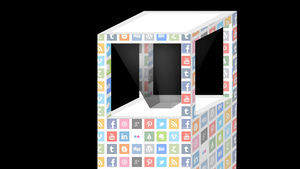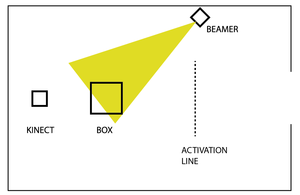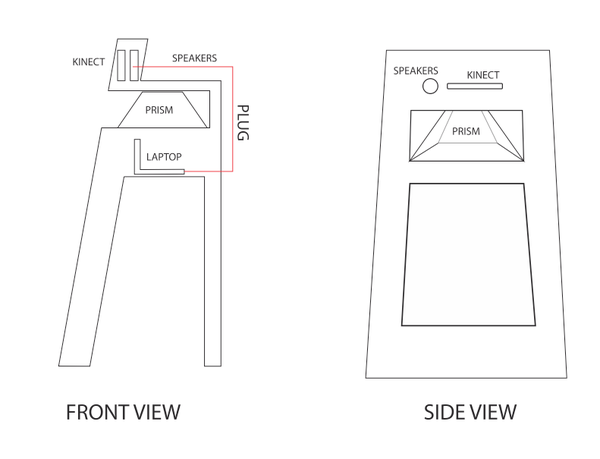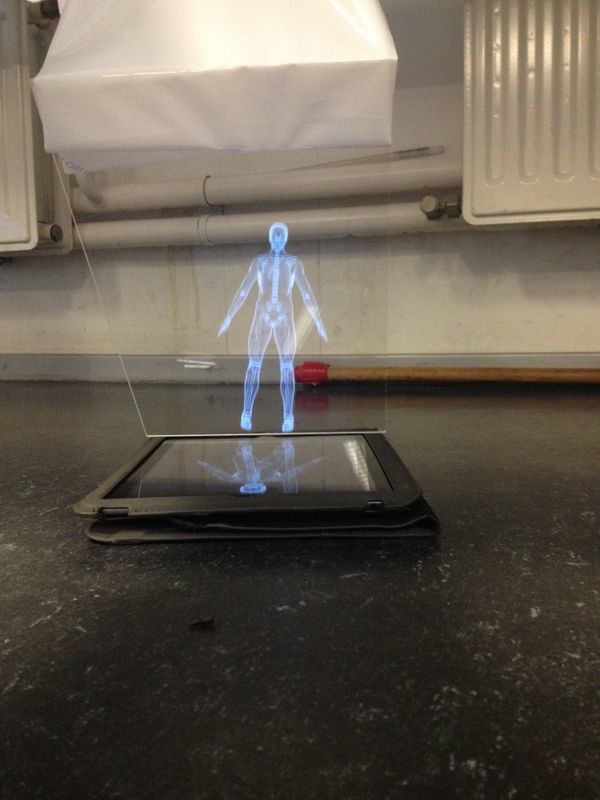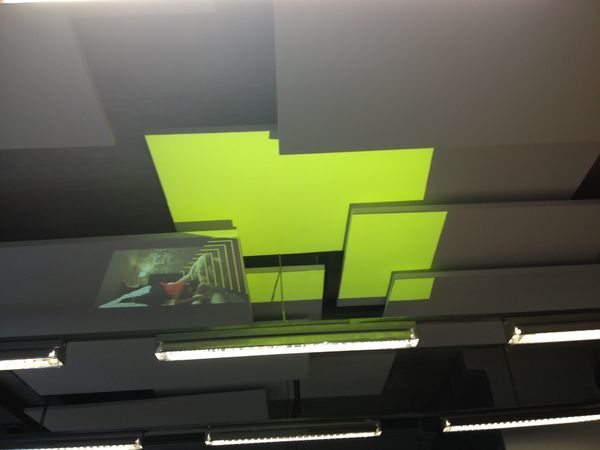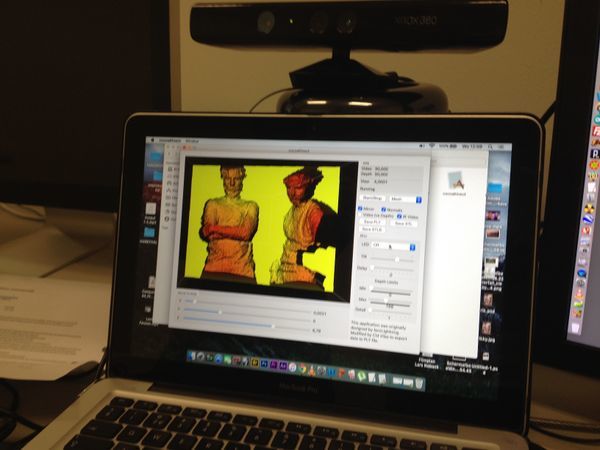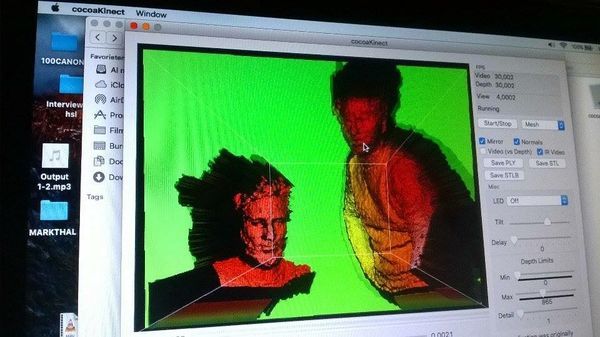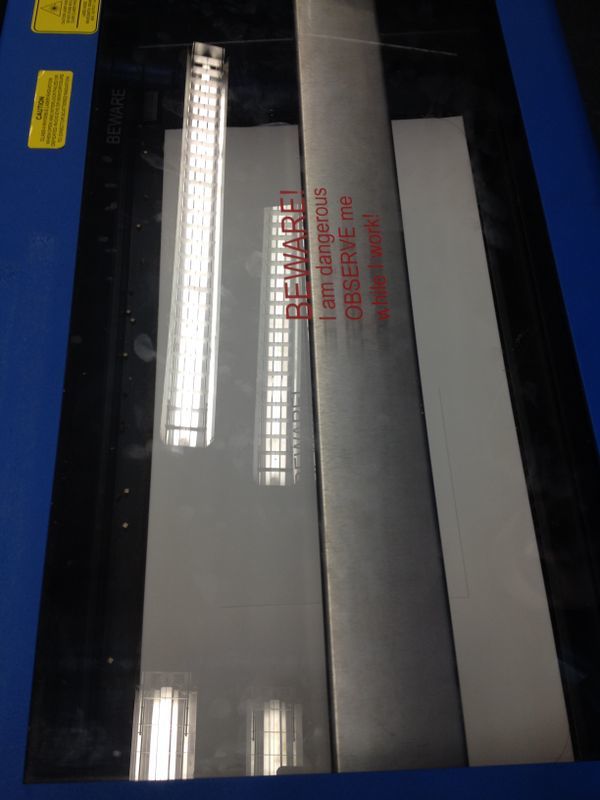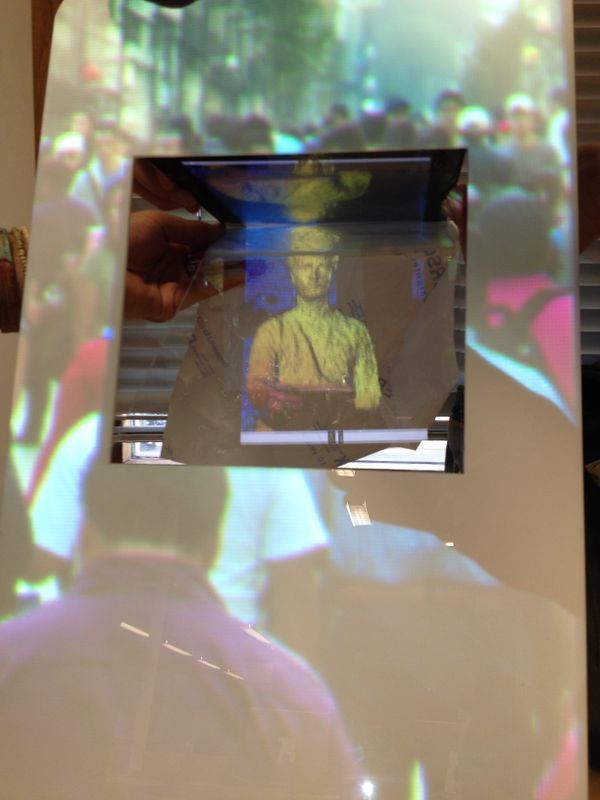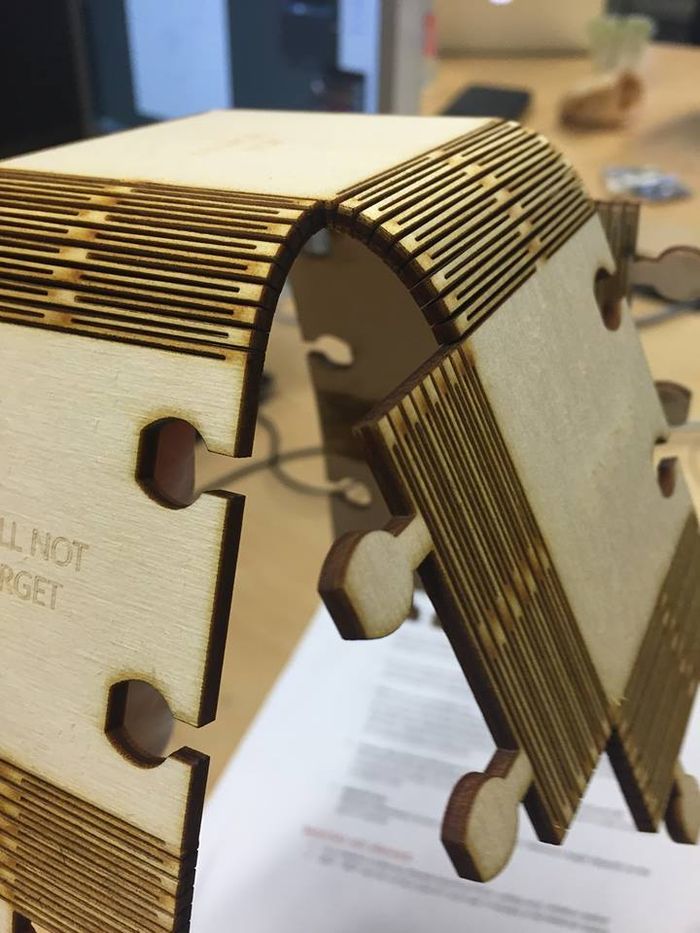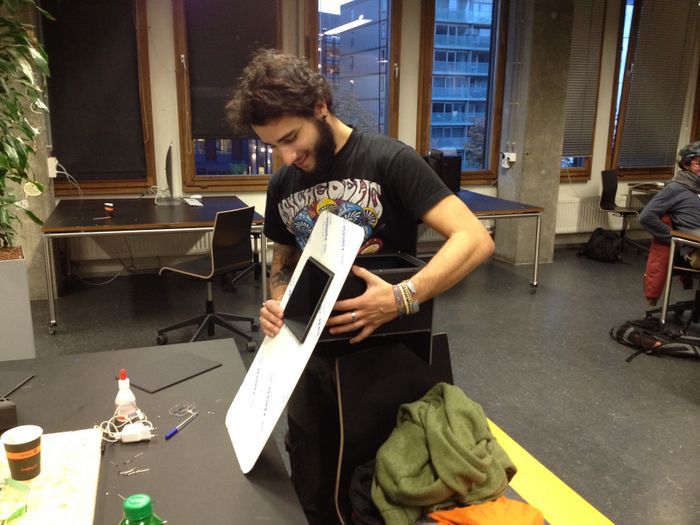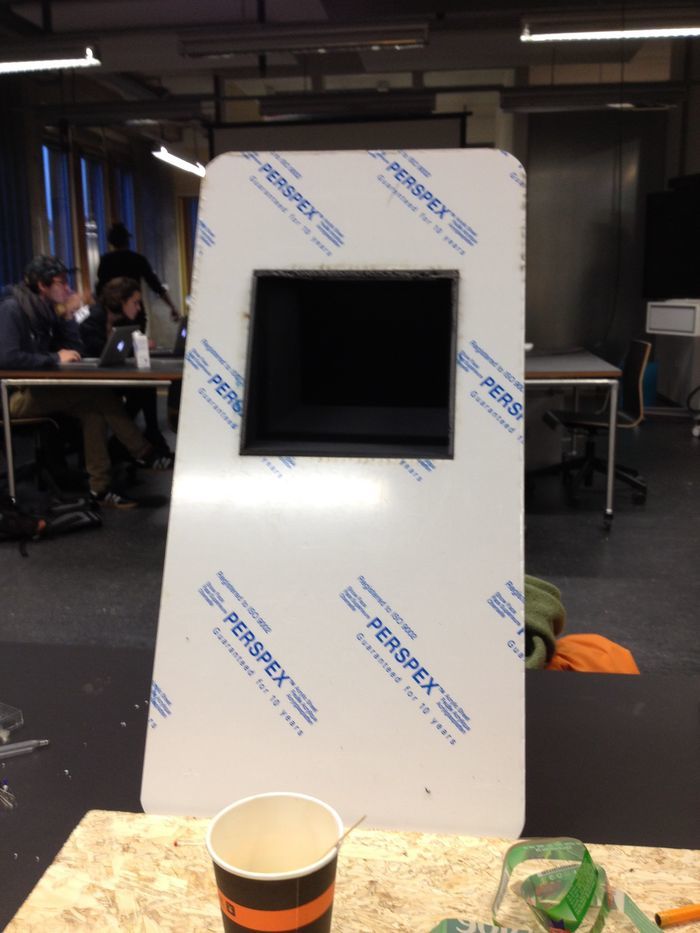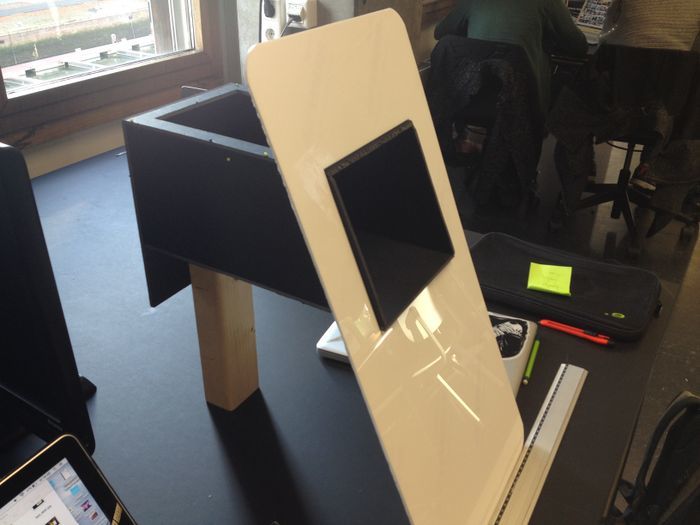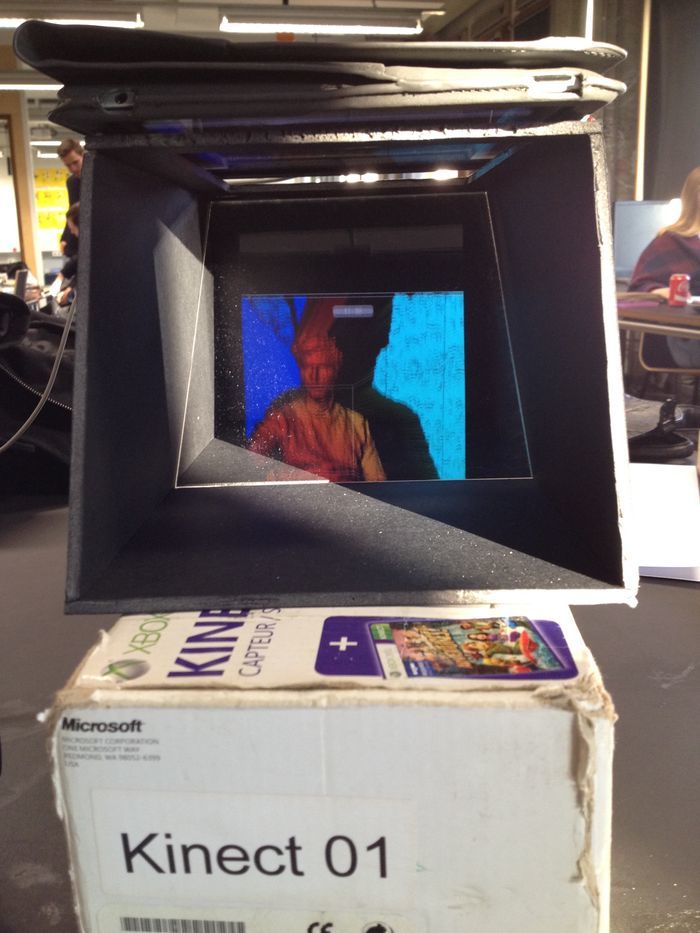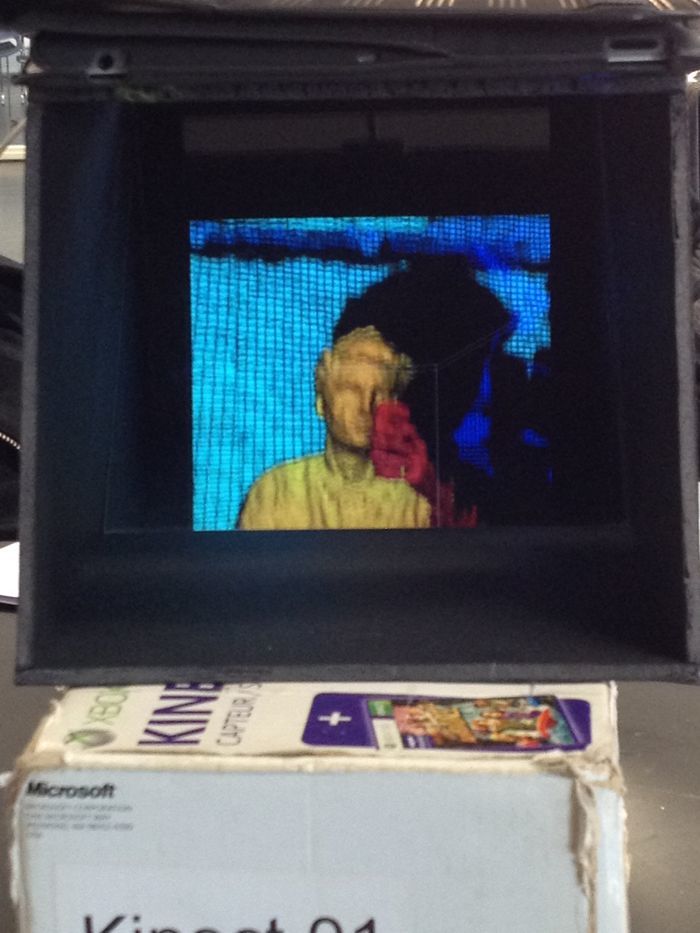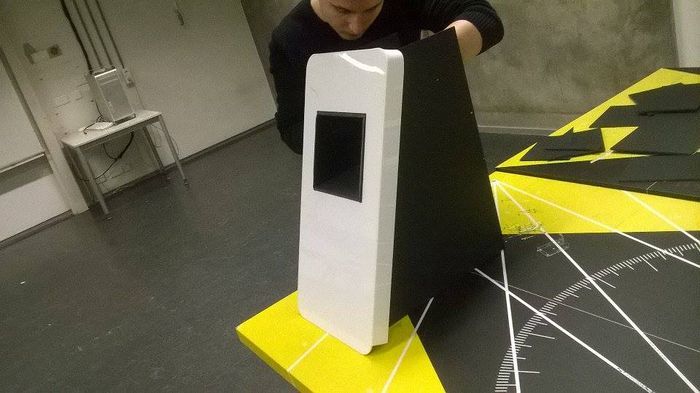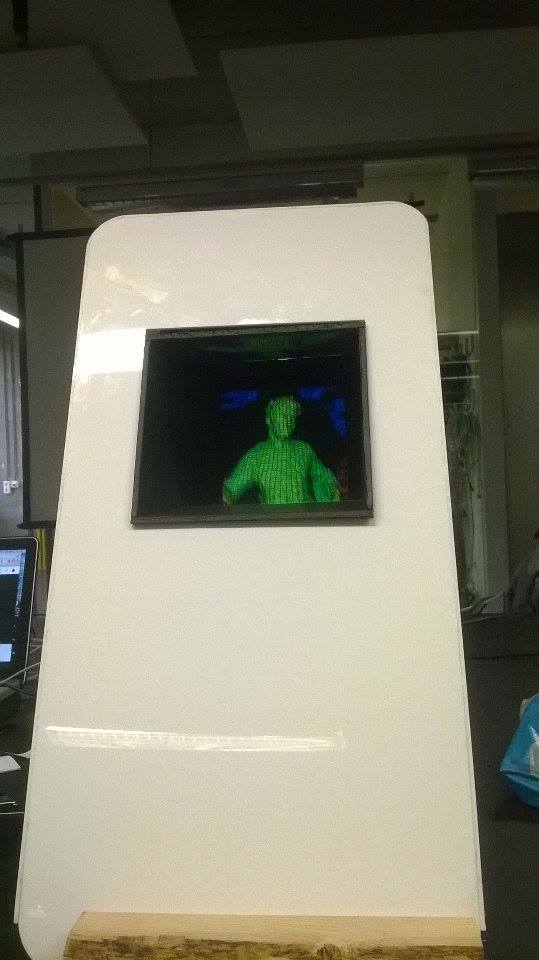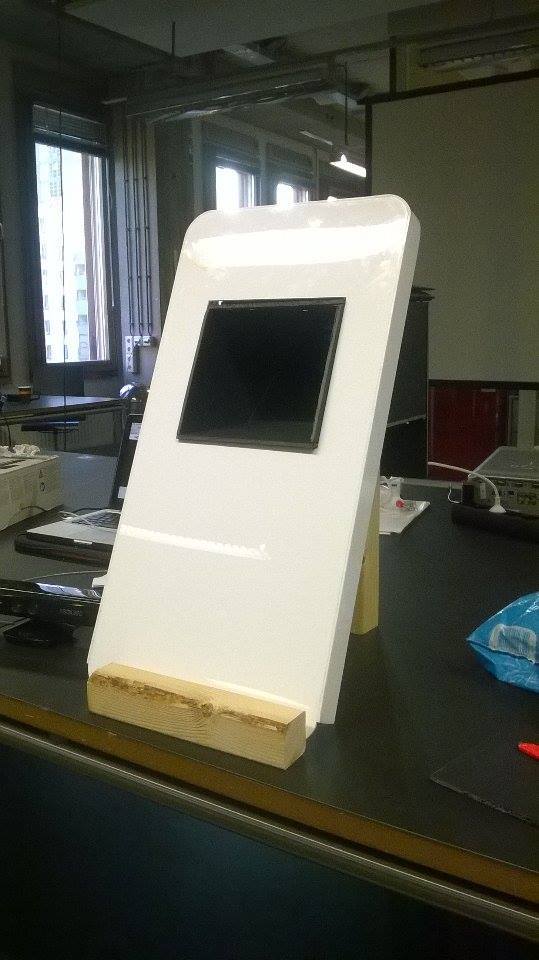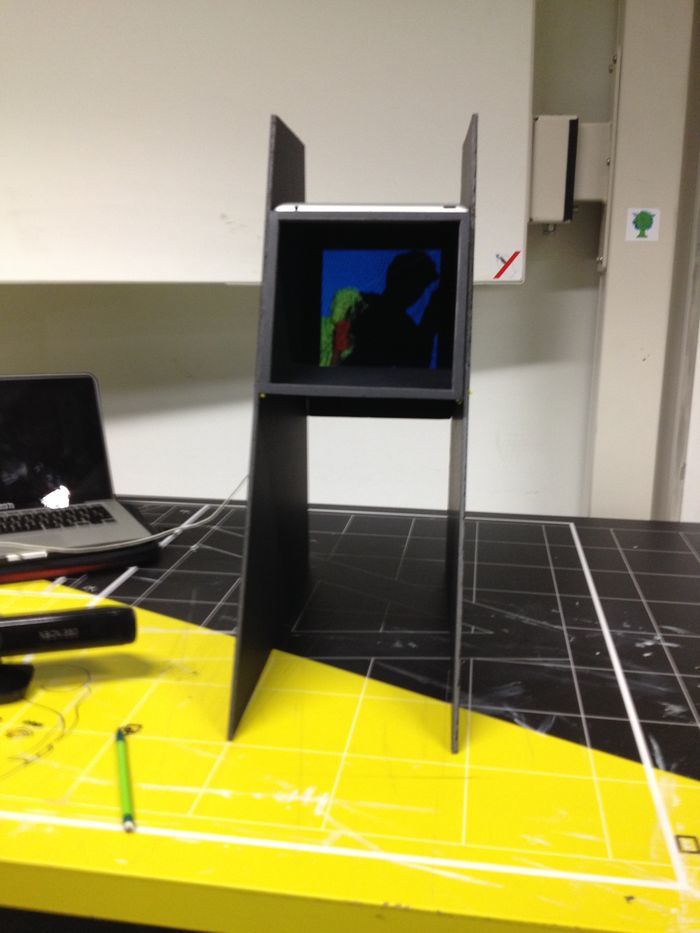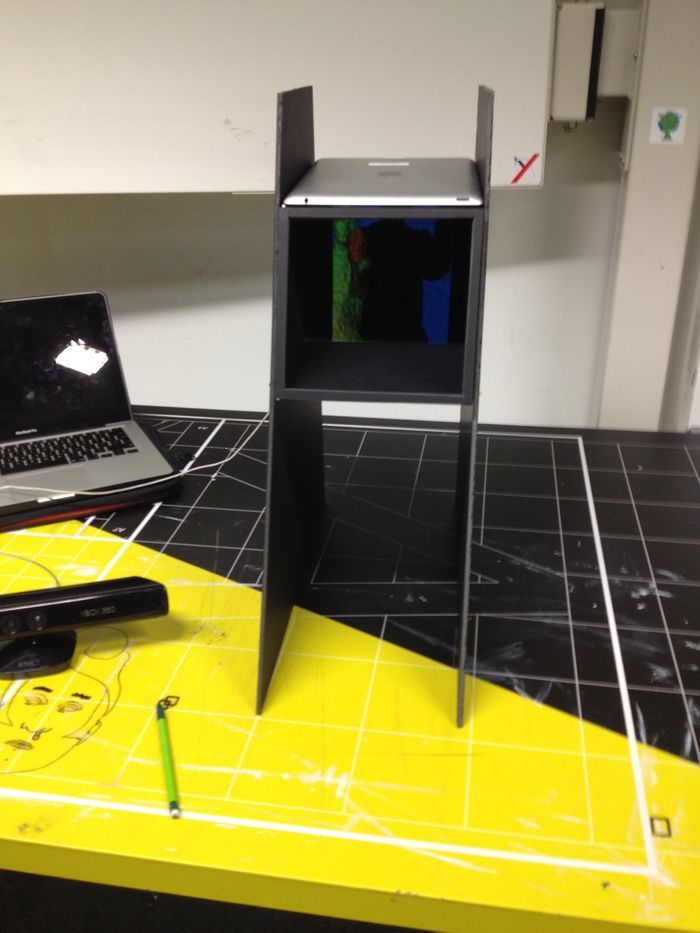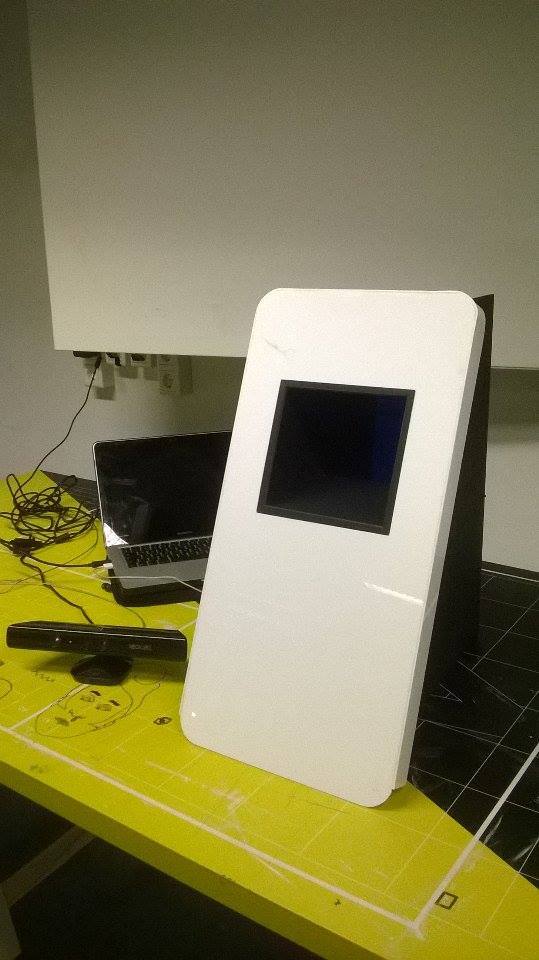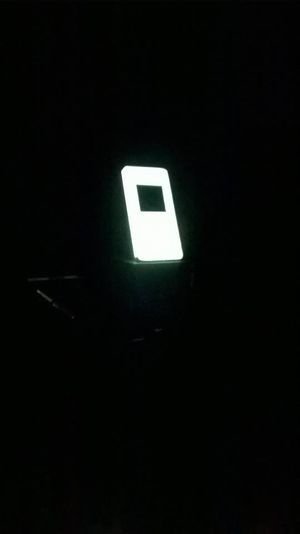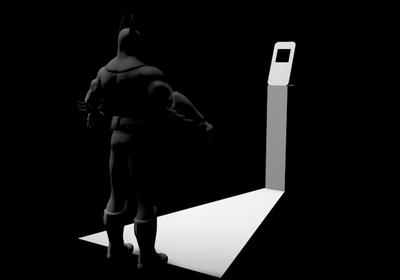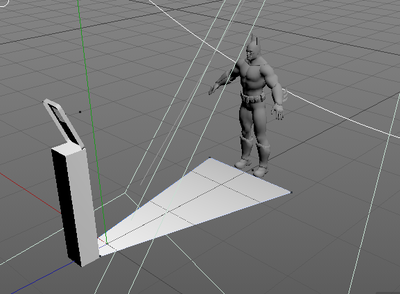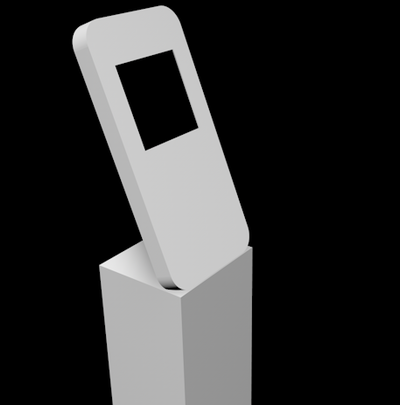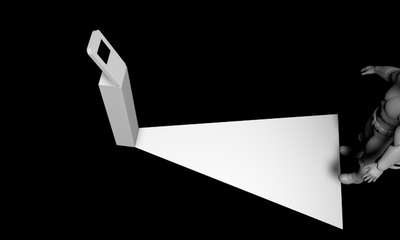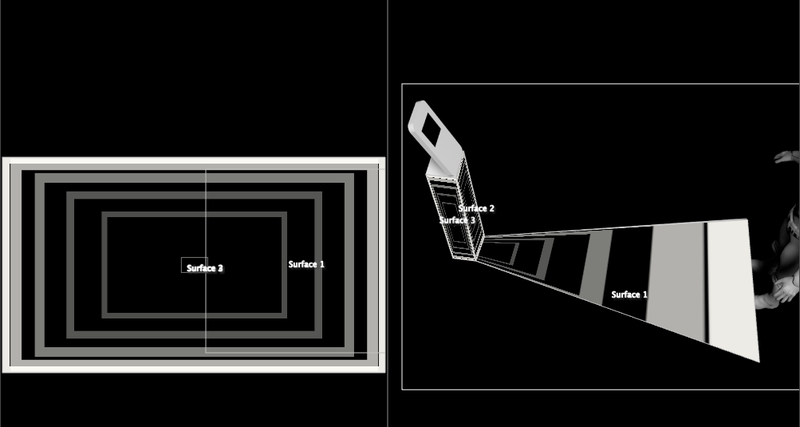Difference between revisions of "UNRAVELLING THE INFRA-ORDINARY"
LarsNoback (talk | contribs) |
|||
| (48 intermediate revisions by 2 users not shown) | |||
| Line 8: | Line 8: | ||
===KEYWORDS AND FACTS=== | ===KEYWORDS AND FACTS=== | ||
| − | + | * WI-FI <br /> | |
| − | + | * Overflowing Informations <br /> | |
| − | + | * Exhibition Through Phone <br /> | |
| − | + | * Out Of Battery can change you Plans <br /> | |
| − | + | * Biohacking | |
==OBSERVATION== | ==OBSERVATION== | ||
| Line 18: | Line 18: | ||
===LIBRARY=== | ===LIBRARY=== | ||
| − | [[file:LIBE5.jpg| | + | [[file:LIBE5.jpg|200px]] |
| − | [[file:LIB4.jpeg| | + | [[file:LIB4.jpeg|200px]] |
| − | [[file:LIB3.jpeg| | + | [[file:LIB3.jpeg|200px]] |
| − | [[file:LIB2.jpg| | + | [[file:LIB2.jpg|200px]] |
[[file: Library.JPG|400px]] | [[file: Library.JPG|400px]] | ||
===MARKTHAL=== | ===MARKTHAL=== | ||
| − | [[file: GirlsDontCry.JPG| | + | [[file: GirlsDontCry.JPG|200px]] |
| − | [[file: LarsGeek.JPG| | + | [[file: LarsGeek.JPG|200px]] |
| − | [[file: spy.JPG| | + | [[file: spy.JPG|200px]] |
| − | [[file: SPY2.JPG| | + | [[file: SPY2.JPG|200px]] |
| − | [[File:Markthal Phone Use 20150917 0001.jpg]] | + | [[File:Markthal Phone Use 20150917 0001.jpg|400px]] |
| − | [[File:Markthal Phone Use 20150917 0002.jpg]] | + | [[File:Markthal Phone Use 20150917 0002.jpg|400px]] |
| − | [[File:Markthal Phone Use 20150917 0003.jpg]] | + | [[File:Markthal Phone Use 20150917 0003.jpg|400px]] |
| − | [[File:Markthal Phone Use 20150917 0004.jpg]] | + | [[File:Markthal Phone Use 20150917 0004.jpg|400px]] |
| − | [[File:Markthal Phone Use 20150917 0005.jpg]] | + | [[File:Markthal Phone Use 20150917 0005.jpg|400px]] |
| − | [[File:Markthal Phone Use 20150917 0006.jpg]] | + | [[File:Markthal Phone Use 20150917 0006.jpg|400px]] |
| − | [[File:Markthal Phone Use 20150917 0007.jpg]] | + | [[File:Markthal Phone Use 20150917 0007.jpg|400px]] |
| − | |||
===FINDINGS=== | ===FINDINGS=== | ||
| Line 87: | Line 86: | ||
==VISUAL REFERENCES== | ==VISUAL REFERENCES== | ||
| − | https://vimeo.com/123491835 | + | [[File:Sony-playstation-move-projection-mapping.png|350px]] |
| + | |||
| + | [[File:Living room.jpg|200px] | ||
| + | |||
| + | [https://vimeo.com/123491835 DECHARGE ELECTRIQUE]] | ||
| + | |||
| + | [https://www.youtube.com/watch?v=mCb8f7gz0Ys MR BEAM] | ||
| + | |||
| + | [https://www.youtube.com/watch?v=VrgWH1KUDt4 IMMERSIVE MOVIE EXPERIENCE] | ||
| + | |||
| + | [https://www.youtube.com/watch?v=oH_LfXnklRw AUGMENTED REALITY DEMO ] | ||
| + | |||
| + | [https://www.youtube.com/watch?v=Vb2uojqKvFM GOOGLE GLASSES] | ||
| + | |||
| + | [https://www.youtube.com/watch?v=sbPG4VMiMF0 SPRITE BOTTLE HOLOGRAM] | ||
| + | |||
| + | ==TESTS== | ||
| + | |||
| + | [[File:Sketchhologram.jpg|300px|thumb|First "prison" test]] | ||
| + | |||
| + | [[File:Capture d’écran 2015-09-28 à 19.37.40.png|300px|thumb|room instalation plan]] | ||
| + | |||
| + | Hologram test: https://www.youtube.com/watch?v=tMAu4tM1t5U | ||
| + | |||
| + | We want to make an installation that will show the switch between the real world and the digital world. | ||
| + | We tried to imagine how to transcribe what happens when, surrounded by a crowd, you take your phone/device and switch to a different world. | ||
| + | |||
| + | Then, it appears that your physical presence is still there but your mind just disappeared in the digital sea. | ||
| + | In order to get our intentions well and to have this feeling of someone switching from the real world to the digital one, we decided to blend different techniques as video mapping and holograms which are directly related to the paradox of real virtuality and connected with the physical world. | ||
| + | |||
| + | At first, we wanted to make a device with different iPhone animated applications on it and a video mapping crowd as a background. | ||
| + | This first research pushed us to think about building a kind of a square prison to trap your own hologram inside. | ||
| + | Then we finally decided to simplify the device, making a kind of a "monolithic device" based on the proportions of the iPhone. | ||
| + | The device is the reflection of a smartphone and it will be presented, during the installation, as a smartphone on a store display. | ||
| + | |||
| + | The idea of the installation is to put this construction in a very dark space and project the video of a moving crowd on it. | ||
| + | When the spectator comes in the room, he just sees this strange powerful construction with the video playing on and he or she will attempt to approach it. | ||
| + | |||
| + | At a certain point, a kinect system attached to device will switch the video for a mapping animation. At the same time, a second kinect which is connected to a computer, itself connected to an ipad will show a 3D realtime model (thanks to the kinect) of the spectator. The iPad is projecting on a transparent plexiglass sheet that will make an hologram-like version of the spectator, trapped in the device and which is also supposed to follow every movements made by the spectator. | ||
| + | |||
| + | As a material construction, we picked the decision to use white plexiglass because of its very clean white proprieties and also the fact that it has a very interesting reflection that went well with our reflective hologram idea and the looks of an iPhone. | ||
| + | After making the first sketches on internet and determening the size of the device, we cut it out with the lasercutter machine. | ||
| + | We also dug a square inside (just as a screen) to give some space for the hologram. | ||
| + | |||
| + | Material list : | ||
| + | |||
| + | - 2 kinects | ||
| + | - 1 iPad | ||
| + | - 2 computers | ||
| + | - 1 beamer | ||
| + | |||
| + | |||
| + | |||
| + | [[File:PLAN.png|600px|center|thumb|device schema]] | ||
| + | |||
| + | [[File:Hologram test1.jpg|600px|center|thumb|first hologram test]] | ||
| + | |||
| + | [[File:Mapping test2.jpg|600px|center|thumb| hologram and videomapping tests]] | ||
| + | |||
| + | [[File:Kinect test1.jpg|600px|center|thumb|first hologram test with kinect]] | ||
| + | |||
| + | [[File:Kinect test2.jpg|600px|center]] | ||
| + | |||
| + | [[File:Lasercut phone.jpg|600px|center]] | ||
| + | |||
| + | |||
| + | [[File:Projection test1.jpg|600px|center]] | ||
| + | |||
| + | [[File:Projection and kinect.jpg|600px|center|thumb|crowd mapping and hologram projection]] | ||
| + | |||
| + | ==BUILDING== | ||
| + | |||
| + | To hide all our divices (kinect, compter, iPad...) and get it perfectly dark, we made a black box out of cardboard that we inserted in the "smartphone monolith". | ||
| + | |||
| + | Thanks to that, we were able to stabilize the iPad and the transparent plexiglass for the hologram projection. | ||
| + | Then, we also realized that, the white plexiglass itself was not that effective in that because it was too flat. Then, we added some edges to give it more volume and to make the videomapping more interesting and 3D. | ||
| + | |||
| + | Plexiglass is not a very easy material to work with. We had to fold very carrefully each side to a piece of wood with a heatgun and stick it with chloroform glue. | ||
| + | |||
| + | |||
| + | |||
| + | [[File:Box1.jpg|700px|center]] | ||
| + | |||
| + | [[File:Building1.jpg|700px|center]] | ||
| + | |||
| + | [[File:Building2.jpg|700px|center]] | ||
| + | |||
| + | [[File:Building 3.jpg|700px|center]] | ||
| + | |||
| + | [[File:Bending.jpg|700px|center]] | ||
| + | |||
| + | [[File:Phone.jpg|700px|center]] | ||
| + | |||
| + | [[File:Hologram in box.jpg|700px|center]] | ||
| + | |||
| + | [[File:Holograminbox2.jpg|700px|center]] | ||
| + | |||
| + | [[File:12204797 10153618605234034 1857297222 n.jpg|700px|center]] | ||
| + | [[File:12208181 10153618605329034 1582889638 n.jpg|700px|center]] | ||
| + | [[File:12204983 10153618605474034 754891095 n.jpg|700px|center]] | ||
| + | |||
| + | [[File:Underthephone.jpg|700px|center]] | ||
| + | |||
| + | [[File:Underthephone2.jpg|700px|center]] | ||
| + | |||
| + | [[File:12202271 10153618605174034 980397541 n.jpg|700px|center]] | ||
| + | |||
| + | Finished construction video: | ||
| + | https://www.youtube.com/watch?v=7fj11qeDNLs | ||
| + | |||
| + | ==INSTALLATION== | ||
| + | [[file:11693896_10153623744654034_6038357665481944033_n.jpg|300px|]] | ||
| + | |||
| + | Final video in [https://vimeo.com/145243610 HD] or [http://https://www.youtube.com/watch?v=5ybTbA13UGo NORMAL QUALITY] | ||
| + | |||
| + | ==NEXT STEP== | ||
| + | |||
| + | [[File:Capture d’écran 2015-12-14 à 18.45.58.png|400px]] | ||
| + | [[File:Capture_d’écran_2015-12-14_à_18.47.22.png|400px]] | ||
| + | [[File:Capture d’écran 2015-12-14 à 18.46.25.png|400px]] | ||
| + | [[File:Capture d’écran 2015-12-14 à 19.05.19.png|400px]] | ||
| + | |||
| + | [[File:Capture d’écran 2015-12-14 à 18.46.45.png|400px|FINAL BEAMER POSITION]] | ||
| + | [[File:Composition 1 (0.00.00.10).jpg|600px|animation test on after effects]] | ||
| + | |||
| + | =THE KEYS OF DIGITAL ENTRAPMENT= | ||
| + | |||
| + | ==MAPPING== | ||
| + | "Projection mapping, also known as video mapping and spatial augmented reality, is a projection technology used to turn objects, often irregularly shaped, into a display surface for video projection. These objects may be complex industrial landscapes, such as buildings, small indoor objects or theatrical stages. By using specialized software, a two- or three-dimensional object is spatially mapped on the virtual program which mimics the real environment it is to be projected on. The software can interact with a projector to fit any desired image onto the surface of that object.[1] This technique is used by artists and advertisers alike who can add extra dimensions, optical illusions, and notions of movement onto previously static objects. The video is commonly combined with, or triggered by, audio to create an audio-visual narrative. " | ||
| + | ===TOOLS FOR PROJECTION=== | ||
| + | |||
| + | |||
| + | [http://projection-mapping.org/which-projection-mapping-software/ HERE] you will find a very good pannel of tools that you can use to do projection mapping. | ||
| + | Some of the softwares are not available on mac/windows but all the details are on the list at the end of the article. | ||
| + | |||
| + | For the installation, we are using MAD MAPPER at an external mapping tool which is one of the best but it's not free and only available on MAC. | ||
| + | If you want to do a first quick try, VPT is a FREE and very good software with a very complet interface. | ||
| + | There's a lot of tutorials about it and THOMAS in the interactive station is a bite familliar with it. | ||
| + | |||
| + | Basicly you can find a lot of free tutorial on youtube. | ||
| + | |||
| + | [[File:Capture d’écran 2015-12-15 à 15.32.44.png|800px|Tools in MadMapper]] | ||
| + | |||
| + | ===ANIMATIONS=== | ||
| + | |||
| + | To deal with the animations, we recommand to take a look at CINEMA 4D which is also very useful to recreate the environment that you gonna map without being constantly with a beamer, and, most of all, see what's the best point of view for your beamer. | ||
| + | |||
| + | Plus CINEMA 4D, we also used Adobe After Effects which you can couple with CINEMA4D 3D tool to create your animations. | ||
| + | |||
| + | Once the animations are made, you can pull them in you projection tool | ||
| + | |||
| − | + | ===SOUND DEVELLOPMENT === | |
| − | + | Using several disturbing sounds with an high bass level, we hope to mix something based on several different existing music pieces : | |
| − | + | References : | |
| − | https://www.youtube.com/watch?v= | + | Emptyset |
| + | https://www.youtube.com/watch?v=iu8tspoGuWw | ||
| − | https://www.youtube.com/watch?v= | + | Paul Jebanasam |
| + | https://www.youtube.com/watch?v=19w6NNTpng4 | ||
| − | https://www.youtube.com/watch?v= | + | Eric Holm |
| + | https://www.youtube.com/watch?v=CkgSIaEmCWQ | ||
Latest revision as of 14:24, 18 January 2016
UNRAVELLING THE INFRA-ORDINARY
INTRODUCTION
DESCRIPTION
Design/make/craft one or more objects, spaces (or both) that address changes in physical and/or social behaviour in public and private space due to digital devices. The final design must be based on findings from your initial research and should relate to a clearly articulated perspective. Examples of possible perspectives are: critical, speculative, practical, visionary or other.
KEYWORDS AND FACTS
- WI-FI
- Overflowing Informations
- Exhibition Through Phone
- Out Of Battery can change you Plans
- Biohacking
OBSERVATION
LIBRARY
MARKTHAL
FINDINGS
At the Markthal we noticed that:
- about half of the people there eventually would take out their phone or camera to take a picture
- people walk with their camera app open, looking for photo-opportunities
- people don't take time to look at anything, only through their camera even when they're with other people
- people don't notice other people around them when on their phone
- which causes them to move very slowly and bump into other people
- people follow each other to take the same photo's
- people take photos of everything, even boring/normal things
- once the picture is taken, the moment is gone
Conclusion:
- even when people are physically present in an area with interactive beings and social elements, they're not completely mentally focused on their surroundings (even though they're there as visitors).
- they're more focused on their reality through their screen and on what they can share online.
- they're alway busy with their online profile and not so much with their physical self.
- people don't live in the moment or take time to actually look at where they are
At the library we noticed that:
- almost all people have either a phone or laptop at their side at all time
- most people do not have books with them
- people are still busy with snapchat, instagram, facebook, etc.
Conclusions:
- people go to the library to have a quiet space to focus on their work, but cannot be detached from their digital devices.
- even when they're looking for a place to be alone, they still need to be a part of happening.
PERSONAL EXPERIENCES
One experience that we had outside of our visit to the Markthal is when people 'interact' with you online, but ignore you when you physically pass them. For example when they like your pictures on facebook and then don't say anything to you when you're in the same space or even pretend to not see you.
INTENTIONS
We want to make a critical piece about our findings.
We specifically 'like' the change of behaviour when people switch between online and physical interaction with other people.
We want to show that our phones don't add anything to our personal experience, but are only there for the people we want to connect to online and that it actually takes away from our own physical experience. There's a separation between physical and mental, our bodies are here (still interfering with other physical beings) but our minds are in our devices.
This ability to create a different world with our devices isn't necessarily a bad thing, but the way it's used is a bad thing to us, because we sacrifice our physical lives for what we want to be online.
In which world am I now?
VISUAL REFERENCES
TESTS
Hologram test: https://www.youtube.com/watch?v=tMAu4tM1t5U
We want to make an installation that will show the switch between the real world and the digital world. We tried to imagine how to transcribe what happens when, surrounded by a crowd, you take your phone/device and switch to a different world.
Then, it appears that your physical presence is still there but your mind just disappeared in the digital sea. In order to get our intentions well and to have this feeling of someone switching from the real world to the digital one, we decided to blend different techniques as video mapping and holograms which are directly related to the paradox of real virtuality and connected with the physical world.
At first, we wanted to make a device with different iPhone animated applications on it and a video mapping crowd as a background. This first research pushed us to think about building a kind of a square prison to trap your own hologram inside. Then we finally decided to simplify the device, making a kind of a "monolithic device" based on the proportions of the iPhone. The device is the reflection of a smartphone and it will be presented, during the installation, as a smartphone on a store display.
The idea of the installation is to put this construction in a very dark space and project the video of a moving crowd on it. When the spectator comes in the room, he just sees this strange powerful construction with the video playing on and he or she will attempt to approach it.
At a certain point, a kinect system attached to device will switch the video for a mapping animation. At the same time, a second kinect which is connected to a computer, itself connected to an ipad will show a 3D realtime model (thanks to the kinect) of the spectator. The iPad is projecting on a transparent plexiglass sheet that will make an hologram-like version of the spectator, trapped in the device and which is also supposed to follow every movements made by the spectator.
As a material construction, we picked the decision to use white plexiglass because of its very clean white proprieties and also the fact that it has a very interesting reflection that went well with our reflective hologram idea and the looks of an iPhone. After making the first sketches on internet and determening the size of the device, we cut it out with the lasercutter machine. We also dug a square inside (just as a screen) to give some space for the hologram.
Material list :
- 2 kinects - 1 iPad - 2 computers - 1 beamer
BUILDING
To hide all our divices (kinect, compter, iPad...) and get it perfectly dark, we made a black box out of cardboard that we inserted in the "smartphone monolith".
Thanks to that, we were able to stabilize the iPad and the transparent plexiglass for the hologram projection. Then, we also realized that, the white plexiglass itself was not that effective in that because it was too flat. Then, we added some edges to give it more volume and to make the videomapping more interesting and 3D.
Plexiglass is not a very easy material to work with. We had to fold very carrefully each side to a piece of wood with a heatgun and stick it with chloroform glue.
Finished construction video: https://www.youtube.com/watch?v=7fj11qeDNLs
INSTALLATION
Final video in HD or NORMAL QUALITY
NEXT STEP
THE KEYS OF DIGITAL ENTRAPMENT
MAPPING
"Projection mapping, also known as video mapping and spatial augmented reality, is a projection technology used to turn objects, often irregularly shaped, into a display surface for video projection. These objects may be complex industrial landscapes, such as buildings, small indoor objects or theatrical stages. By using specialized software, a two- or three-dimensional object is spatially mapped on the virtual program which mimics the real environment it is to be projected on. The software can interact with a projector to fit any desired image onto the surface of that object.[1] This technique is used by artists and advertisers alike who can add extra dimensions, optical illusions, and notions of movement onto previously static objects. The video is commonly combined with, or triggered by, audio to create an audio-visual narrative. "
TOOLS FOR PROJECTION
HERE you will find a very good pannel of tools that you can use to do projection mapping. Some of the softwares are not available on mac/windows but all the details are on the list at the end of the article.
For the installation, we are using MAD MAPPER at an external mapping tool which is one of the best but it's not free and only available on MAC. If you want to do a first quick try, VPT is a FREE and very good software with a very complet interface. There's a lot of tutorials about it and THOMAS in the interactive station is a bite familliar with it.
Basicly you can find a lot of free tutorial on youtube.
ANIMATIONS
To deal with the animations, we recommand to take a look at CINEMA 4D which is also very useful to recreate the environment that you gonna map without being constantly with a beamer, and, most of all, see what's the best point of view for your beamer.
Plus CINEMA 4D, we also used Adobe After Effects which you can couple with CINEMA4D 3D tool to create your animations.
Once the animations are made, you can pull them in you projection tool
SOUND DEVELLOPMENT
Using several disturbing sounds with an high bass level, we hope to mix something based on several different existing music pieces :
References :
Emptyset https://www.youtube.com/watch?v=iu8tspoGuWw
Paul Jebanasam https://www.youtube.com/watch?v=19w6NNTpng4
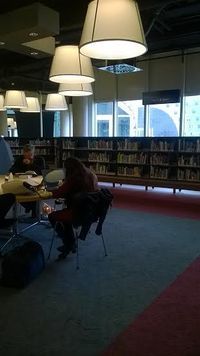
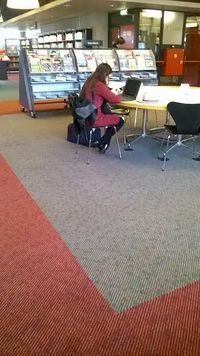
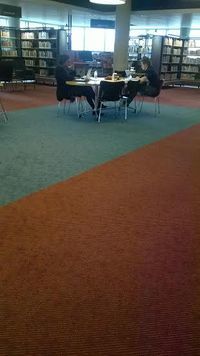
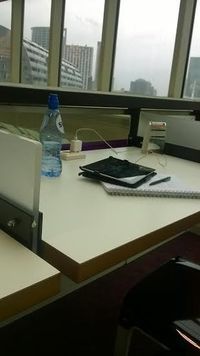
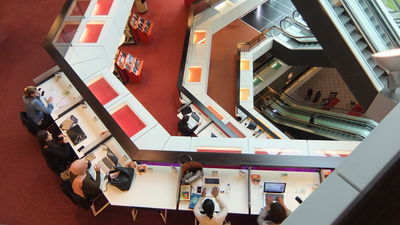
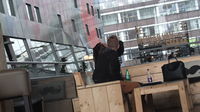
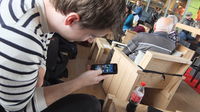
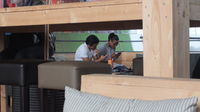
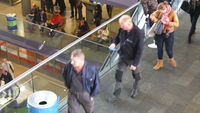
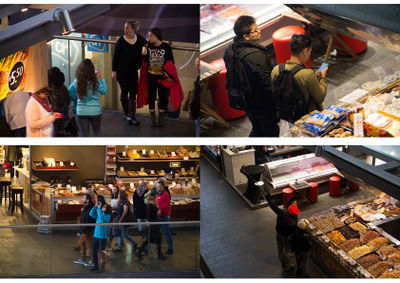
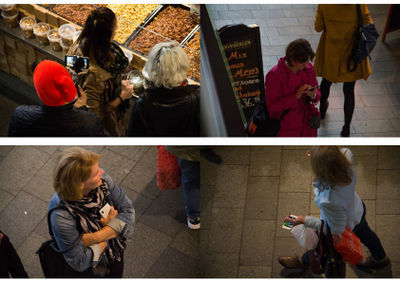
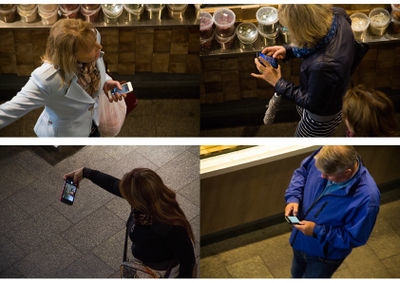
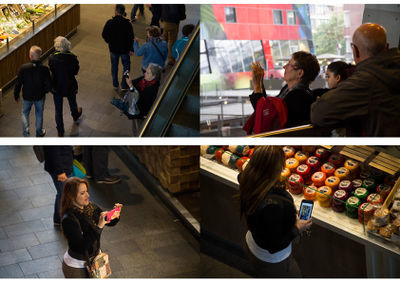
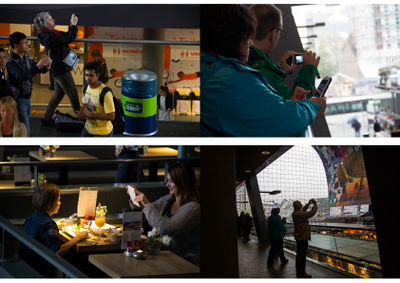
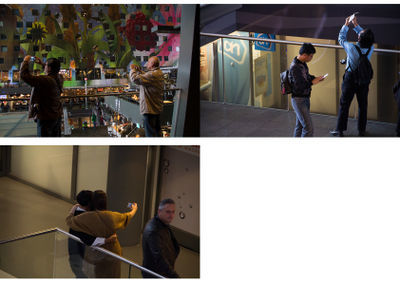
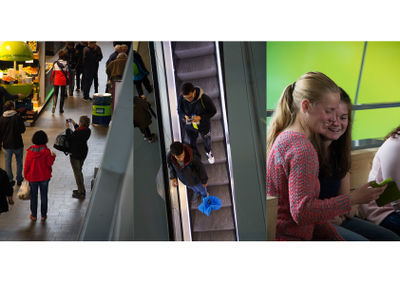
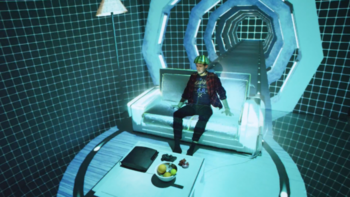
![200px] [https://vimeo.com/123491835 DECHARGE ELECTRIQUE](/digitalcraft/images/8/8c/Living_room.jpg)
